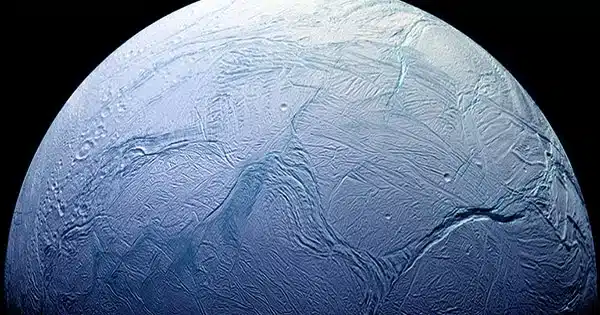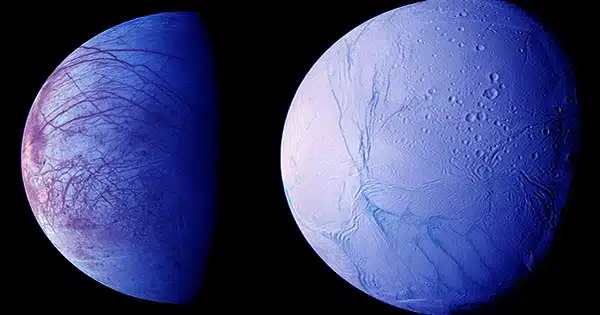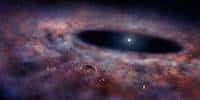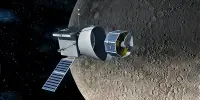The vastness of space is mind-boggling. Every day, scientists produce incredible, historic discoveries that leave those of us here on Earth in amazement. One such recent find was made on Saturn’s icy moon Enceladus. The James Webb Space Telescope (JWST) of NASA has captured images of the moon blasting a “huge plume” of liquid vapor into space. Researchers believe that this plume contains chemical components required for life.
The James Webb Space Telescope discovered the eruption in November 2022, and it was presented on May 17 at the Space Telescope Science Institute in Baltimore.
Sara Faggi, a planetary astronomer at NASA’s Goddard Space Flight Center, told Nature.com that the plume is “immense.”
She mentioned that a thorough research report on this important event is still being written.

This may come as a surprise, but scientists have observed Enceladus gushing water into space before.
However, the JWST’s larger field of view and improved sensitivity have added to the awe. It revealed that the vapour jets stretch much further into space than previously imagined, exceeding the moon’s own span several times over. The diameter of Enceladus is roughly 313 miles (504 kilometers).
According to Space.com, NASA’s Cassini spacecraft discovered Enceladus’ aqueous outbursts in 2005 when it spotted frozen particles being blasted through enormous cracks on the moon’s surface known as “tiger stripes.”
The force of these blasts is so great that the debris ejected creates one of Saturn’s rings.
The presence of methane, carbon dioxide, and ammonia—organic compounds that hold the building elements for life—was discovered in the jets.
In fact, in a paper published last year in The Planetary Science Journal, researchers argued that some of these chemicals could be created by life itself, coming from deep beneath Enceladus.
Furthermore, Enceladus’ water promotes the possibility of life. While the moon is coated in a thick covering of water ice, rotational data show the presence of a massive secret ocean beneath the frozen surface.
Water jets discovered by the JWST and Cassini are thought to originate from hydrothermal vents on the ocean floor, according to scientists. The presence of silica in the vapor plumes — a frequent component of planetary crusts — lends weight to this notion.
NASA scientists are presently discussing future flights to Enceladus to seek evidence of life in order to confirm the alien existence and learn more.
The Enceladus Orbilander mission, for example, would orbit the moon for nearly six months, crossing its aqueous plumes and collecting materials. The spaceship would next morph into a lander and settle on the ice moon’s surface, armed with sensors for weighing and analyzing molecules, as well as a DNA sequencer and microscope. Remote exploration of the moon’s surface would be accomplished using cameras, radio sounders, and lasers.
Another mission idea involves sending a self-contained “snake robot” named the Exobiology Extant Life Surveyor into Enceladus’ subsurface regions. This robot would explore the uncharted territory of the ocean floor of Enceladus while armed with cameras and lidar to look for indications of life.















